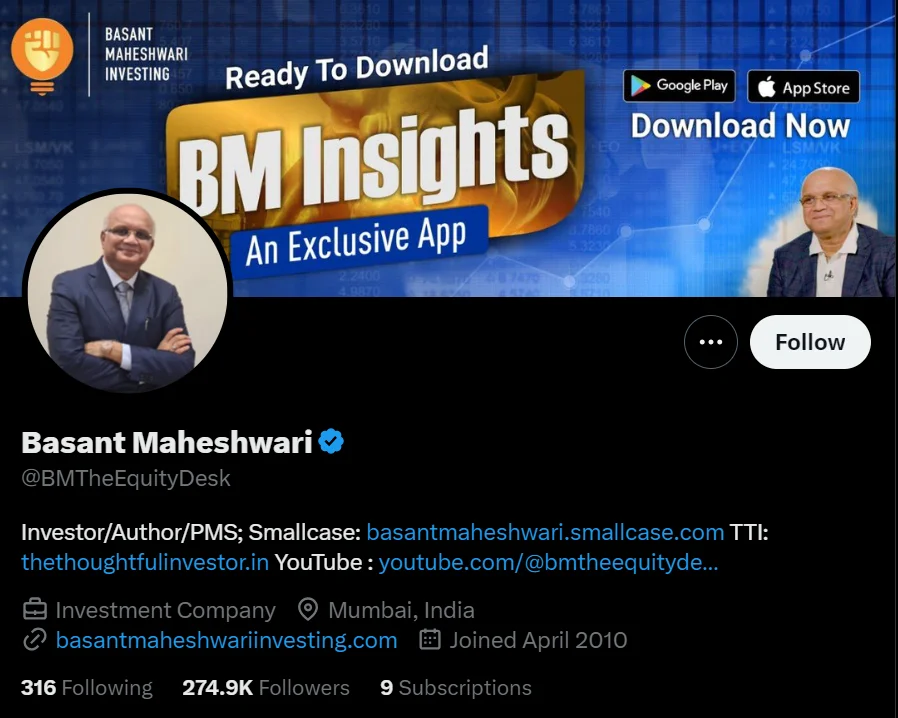
Stock investing has the potential to be a profitable long-term wealth builder. You need a sound strategy and in-depth knowledge of the stock market’s operations in order to succeed. We’ll cover a wide range of topics related to stock investing in this extensive guide, including risk management and portfolio diversification. You can improve your investing game and possibly outperform other investors in the market by implementing these strategies.
Building a Diversified Portfolio
A key element of successful stock investing is diversification. To lower risk, it entails distributing your investments among several stocks and industries. Here’s an efficient way to do it:
1. Asset Allocation
An intelligent asset allocation strategy is the first step towards a well-diversified portfolio. Think about the asset classes listed below:
- Equities: Invest in a mix of large-cap, mid-cap, and small-cap stocks to balance risk and return.
- Bonds: Bonds can provide stability and income; choose between government, corporate, and municipal bonds.
- Real Estate Investment Trusts (REITs): Invest in real estate without the hassle of property management.
- Cash and Cash Equivalents: Maintain a portion of your portfolio in liquid assets for emergencies.
2. Industry and Sector Diversification
To reduce your exposure to market-specific risks, diversify your investments across a number of different industries and sectors. To diversify, for instance, if you invest in tech stocks, think about buying energy or healthcare stocks as well.
Fundamental Analysis
It is essential to comprehend the potential and financial standing of the businesses you invest in. The essential elements of fundamental analysis are as follows:
1. Financial Statements
- Income Statement: Evaluate revenue, expenses, and profitability.
- Balance Sheet: Assess assets, liabilities, and shareholders’ equity.
- Cash Flow Statement: Analyze cash flows from operating, investing, and financing activities.
2. Ratios and Metrics
- Price-to-Earnings (P/E) Ratio: Indicates the stock’s valuation.
- Earnings Per Share (EPS): Measures a company’s profitability.
- Debt-to-Equity Ratio: Examines the company’s debt levels.
Technical Analysis
To make well-informed decisions about when to enter and exit, consider technical analysis. Important ideas in technical analysis consist of:
- Candlestick Charts: Identify price patterns for potential reversals.
- Moving Averages: Determine trends by smoothing price data over time.
- Relative Strength Index (RSI): Measures the stock’s momentum.
Risk Management
In stock investing, risk management is essential. Think about these tactics:
- Stop-Loss Orders: Set predetermined exit points to limit losses.
- Position Sizing: Determine how much to invest in each stock to control risk.
- Diversification: We’ve already discussed its importance.
Long-Term vs. Short-Term Investing
Choose between being a short-term trader and a long-term investor. Every strategy has a unique set of tactics and factors to take into account.
Conclusion
Finally, it should be noted that becoming an expert stock investor requires a combination of patience, disciplined strategy, and thorough research. Your chances of success in the stock market can be greatly increased by diversifying your portfolio, engaging in technical and fundamental analysis, and controlling risk well. Remember that this is a dynamic field, so it’s important to stay up to date on changing investment strategies and market trends. You can use stock investing to help you reach your financial objectives if you take the appropriate strategy.
FOR MORE INFO CLICK THIS SITE:https://learningsharks.in/
FOLLOW OUR PAGE:https://www.instagram.com/learningsharks/?hl=en




























